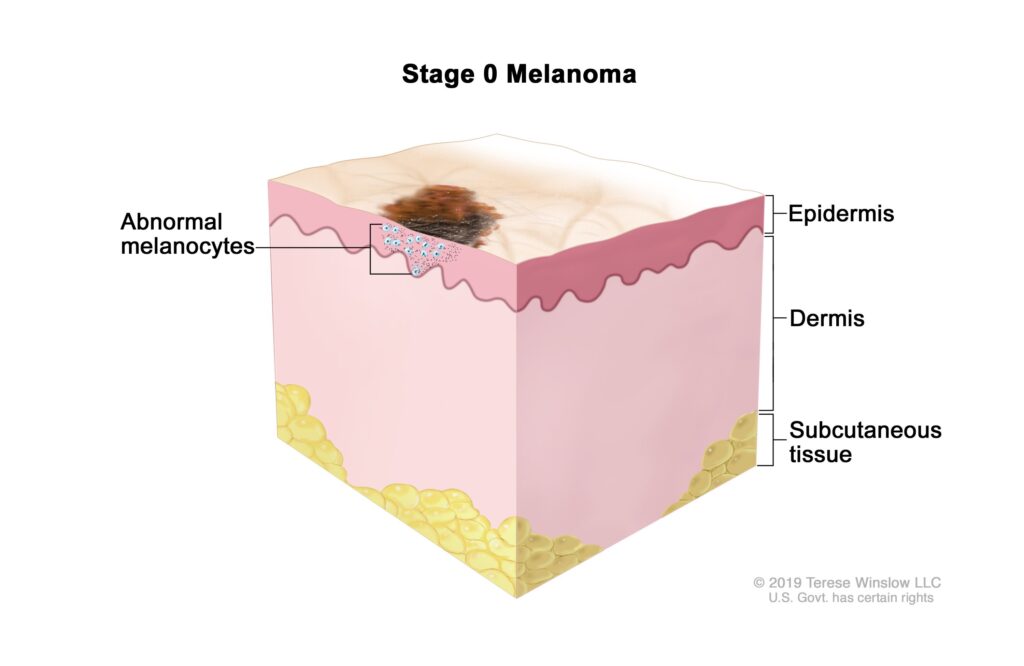Melanoma in Dogs: What You Need to Know

Melanoma in Dogs: What You Need to Know
 Melanoma in dogs is a tumor that develops in melanocytes or pigmented cells. This condition can occur on any part of the body, with the mouth and toes being the common sites. It affects mainly older dogs and is prevalent among certain breeds such as Labradors, Boxers, Doberman Pinschers and Terriers.
Melanoma in dogs is a tumor that develops in melanocytes or pigmented cells. This condition can occur on any part of the body, with the mouth and toes being the common sites. It affects mainly older dogs and is prevalent among certain breeds such as Labradors, Boxers, Doberman Pinschers and Terriers.
Melanoma in dogs can be benign or malignant. Tumors found on the skin are often benign and they don’t spread. Malignant tumors tend to form in the mouth and on toes. These are likely to spread to other areas of the body.
Symptoms of Melanoma in Dogs
Any unusual growth on the skin could be a sign of melanoma in dogs. Some growths appear as thickened or raised masses that are dark in color. Other growths are unpigmented and harder to detect.
The signs of tumors in the mouth are:
– excessive drooling
– bleeding from the mouth
– bad breath
– loss of appetite
– difficulty eating
If the tumors spreads to the lungs, the dog may have difficulty breathing.
Diagnosis of Melanoma in Dogs
– Physical examination involves looking for growths and symptoms to determine whether further tests are necessary.
– Blood test may indicate the presence of cancer cells.
– A needle aspirate of the tumor and lymph node for examination under microscope.
– A biopsy is usually carried out after the tumor is surgically removed. It may be necessary to do a biopsy when needle aspirate of the tumor does not provide a definitive diagnosis.
– Chest x-rays to establish whether the tumors have spread to the lungs.
Treatment Options
Treatment of melanoma in dogs may involve one or more of the followings:
– Surgery
Tumor and a wide margin of the surrounding tissues are removed surgically.
– Chemotherapy
This is sometimes used in combination with surgery.
– Radiation therapy
This is used where the tumor is not completely removed or when surgery is not a viable option.
– Canine melanoma vaccine
This is a therapeutic vaccine for treating stage 2 or 3 oral canine melanoma, in conjunction with surgery or radiation therapy. It has been shown to increase survival times significantly for dogs with the disease in clinical studies.
Prognosis is dependent on early detection, treatment, grade and stage of tumor. As a pet owner, you should be alert to changes of your dog’s skin and notify your vet immediately. Melanoma in the mouth may not be easily noticeable. Hence, it is advisable to bring your dog to the vet for routine examinations.








